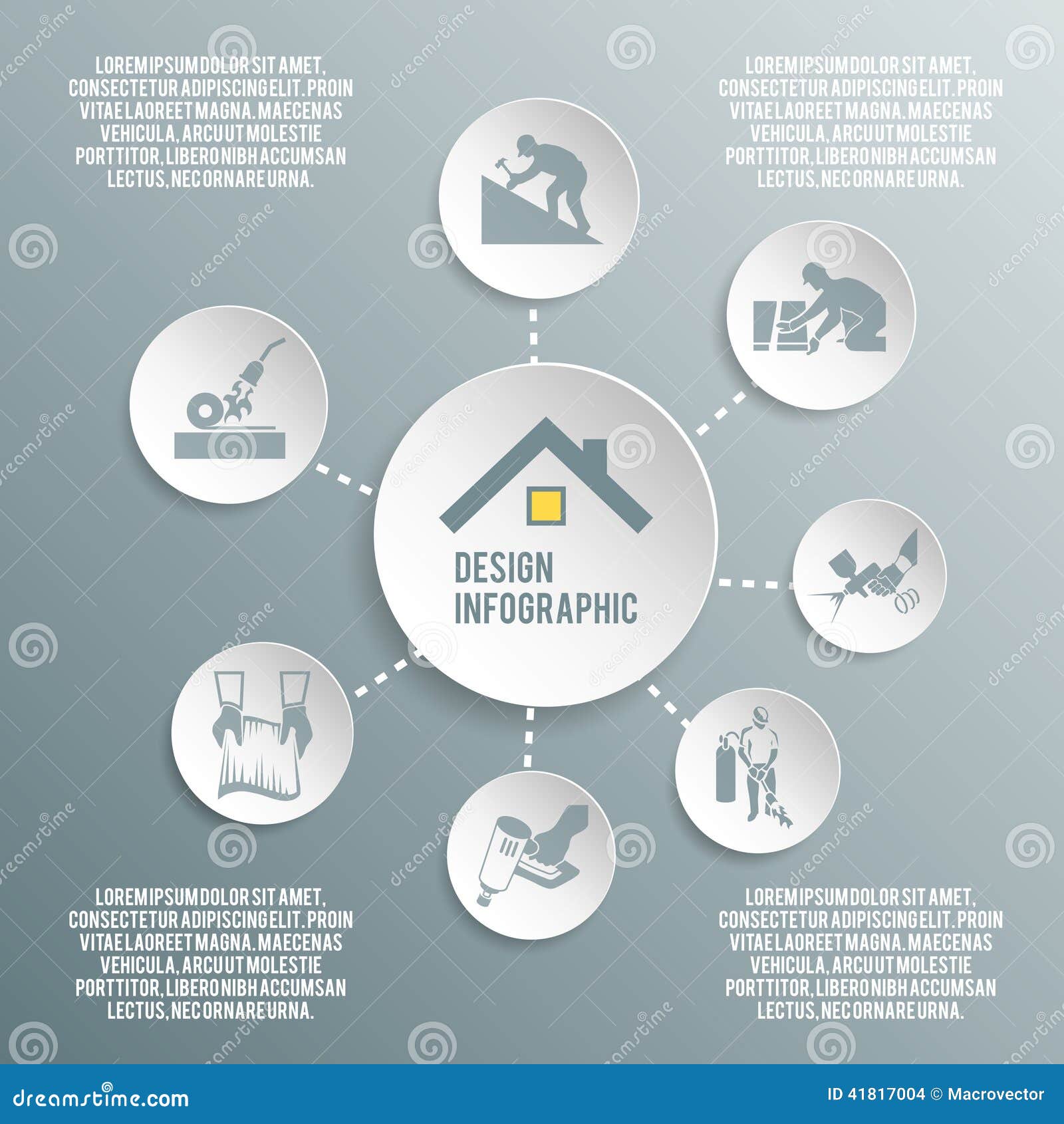Check Out The Complex World Of Solar Panel Innovation And Learn More About The Process Of Converting Sunlight Into Electrical Energy
Check Out The Complex World Of Solar Panel Innovation And Learn More About The Process Of Converting Sunlight Into Electrical Energy
Blog Article
Write-Up Composed By-Espensen Eskildsen
So, you've read about photovoltaic panels and their potential to produce electricity from sunlight, yet how exactly do they work? Comprehending the intricate technology behind photovoltaic panels can be a fascinating journey right into the globe of renewable resource. From the fundamental concepts of photovoltaic cells to the elaborate parts that comprise a solar panel system, there's an entire world of understanding waiting to be checked out. Allow's untangle the enigmas of photovoltaic panel modern technology with each other.
Photovoltaic Panel Modern Technology Principles
To truly understand the essence of solar panel technology, you should look into the fundamental concepts that underpin its capability. Photovoltaic panel contain photovoltaic cells, commonly made from silicon, which have the impressive capacity to transform sunlight into electricity with the photovoltaic or pv effect. When sunshine hits the cells, the photons in the light interact with the silicon atoms, causing the electrons to break devoid of their atomic bonds. natural energy solar company produces an electrical current that can then be utilized for powering different devices.
The key element of solar panels is the semiconductors within the solar batteries, which promote the conversion of sunshine into functional electrical power. These semiconductors have both favorable and unfavorable layers, producing an electrical area that permits the circulation of electrons.
This circulation of electrons, when attached in a circuit, creates direct current (DC) electricity. Recognizing these standard principles is essential for appreciating exactly how solar panels can harness the sun's power to power homes, organizations, and also satellites precede.
Just How Solar Panels Generate Power
Solar panels harness the sunlight's energy by converting sunlight into electricity through a process known as the solar impact. When sunshine hits the photovoltaic panels, the photons (light fragments) are taken in by the semiconducting products within the panels, normally made from silicon. solar design service generates an electrical present as the photons knock electrons loosened from the atoms within the product.
The electrical fields within the solar cells then require these electrons to move in a certain instructions, producing a straight current (DC) of power. This direct current is then passed through an inverter, which converts it right into alternating current (A/C) electricity that can be used to power your home or organization.
Excess electrical power created by the photovoltaic panels can be stored in batteries for later usage or fed back right into the grid for debt via a procedure called net metering. Comprehending how solar panels generate electrical energy is critical to valuing the environmental and cost-saving advantages of solar energy systems.
Recognizing Solar Panel Parts
One critical facet of solar panel technology is understanding the numerous elements that compose a solar panel system.
https://2000wattsolarpanel09876.win-blog.com/9370545/exposing-usual-false-impressions-about-solar-installation-a-clear-difference-in-between-reality-and-fiction of a photovoltaic panel system consist of the photovoltaic panels themselves, which are made up of solar batteries that transform sunlight right into power. These panels are installed on a framework, typically a roofing, to record sunlight.
In addition to the panels, there are inverters that transform the straight present (DC) electrical power generated by the panels right into rotating present (A/C) electrical energy that can be utilized in homes or companies.
The system also includes racking to support and position the solar panels for optimal sunlight direct exposure. Moreover, cables and connectors are essential for delivering the power produced by the panels to the electrical system of a building.
Finally, a surveillance system may be consisted of to track the efficiency of the photovoltaic panel system and ensure it's functioning successfully. Comprehending these components is important for any individual aiming to mount or use solar panel modern technology successfully.
Conclusion
Since you recognize the basics of solar panel technology and exactly how it works, you can appreciate the power of using sunshine to create tidy and renewable energy for your structure. By making use of the photovoltaic impact and components like inverters and monitoring systems, you can add to a more lasting future while likewise potentially minimizing power expenses. Maintain learning and checking out the possibilities of solar power for a greener tomorrow.
